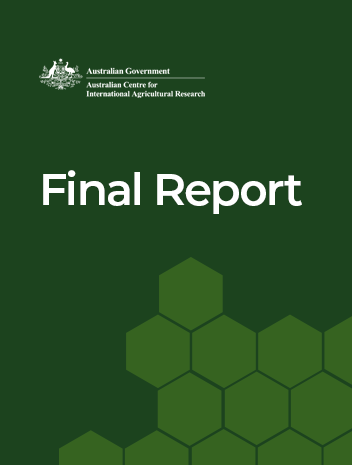Overview
This project explored the links between farm-scale water saving practices and wider hydrological impacts, and develop options for sustainable groundwater management for irrigated crop production in the Eastern Gangetic Plains (EGP).
Irrigation in the EGP is predominantly based on groundwater. In recent years, there is evidence that groundwater levels are falling in some areas of the region, particularly in the northwest of Bangladesh. To improve these conditions, many farm-scale water saving measures are proposed and actively promoted, such as stopping seepage from water delivery canals and fields, alternative wetting and drying and conservation agriculture practices (zero tillage, minimum tillage, etc.).
However, there are no documented examples of substantial water savings at wider scales for field crops in terms of consumptive use and as a result it is likely that these measures will have no impact on the sustainability of groundwater at a regional level. Instead some of the measures such as zero tillage or conservation agriculture are likely to be counterproductive; reducing recharge to the aquifer.
This project is part of the DFAT/ACIAR-funded Sustainable Development Investment Portfolio (SDIP) program.
Project outcomes
- Improved understanding of the regional hydrology impact of farm-scale water saving measures in the EGP, including water use and recharge to groundwater, and identification of the most effective farm-scale water saving measures that also impact on sustainable groundwater use.
- Inform policy settings and farm-scale incentives for water saving that reduce the risk of undesirable regional hydrology impacts, and ensure that desired impacts (i.e. combatting groundwater decline) are achieved.




